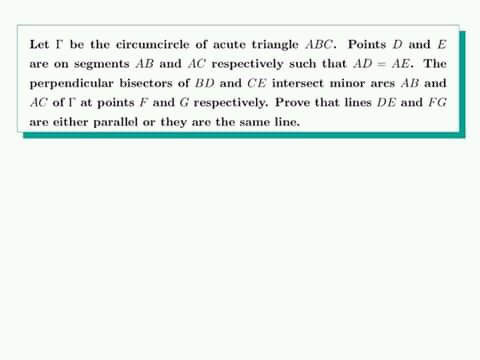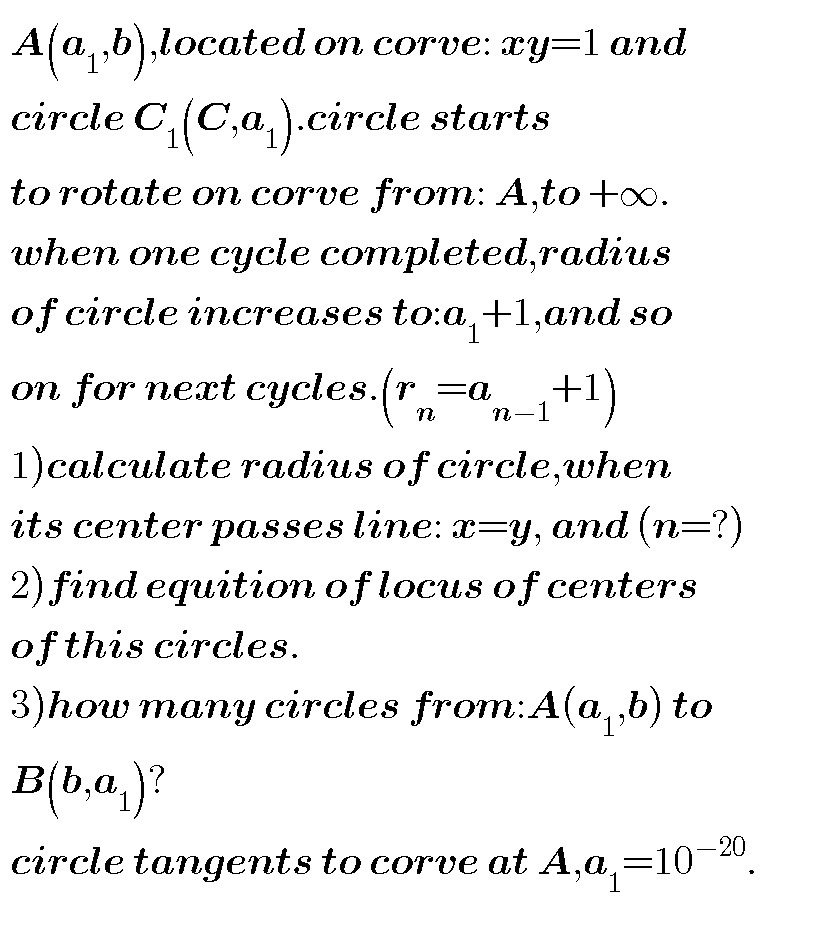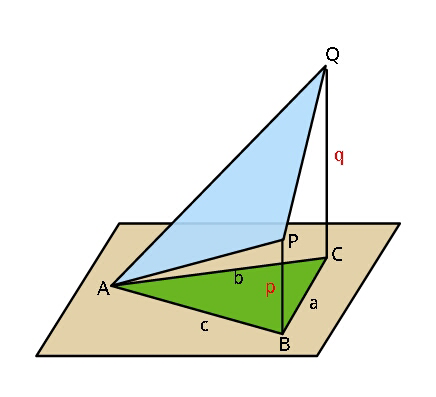
AllQuestion and Answers: Page 1686
Question Number 39763 Answers: 0 Comments: 0

Question Number 39761 Answers: 0 Comments: 0

Question Number 39762 Answers: 0 Comments: 0

Question Number 39756 Answers: 1 Comments: 1
Question Number 39755 Answers: 1 Comments: 0

Question Number 39750 Answers: 2 Comments: 3

Question Number 39747 Answers: 1 Comments: 0

Question Number 39737 Answers: 2 Comments: 2

Question Number 39733 Answers: 0 Comments: 0

Question Number 39732 Answers: 0 Comments: 0

Question Number 39731 Answers: 0 Comments: 0

Question Number 39712 Answers: 1 Comments: 3
Question Number 39711 Answers: 0 Comments: 1
Question Number 39709 Answers: 1 Comments: 1

Question Number 39708 Answers: 1 Comments: 0
Question Number 39706 Answers: 0 Comments: 0

Question Number 39703 Answers: 0 Comments: 1
Question Number 39702 Answers: 0 Comments: 6
Question Number 39700 Answers: 0 Comments: 1
Question Number 39699 Answers: 0 Comments: 5
Question Number 39696 Answers: 1 Comments: 3

Question Number 39695 Answers: 0 Comments: 4
Question Number 39689 Answers: 1 Comments: 2
Question Number 39949 Answers: 2 Comments: 1
Question Number 39678 Answers: 1 Comments: 1

Question Number 39671 Answers: 1 Comments: 0
Pg 1681 Pg 1682 Pg 1683 Pg 1684 Pg 1685 Pg 1686 Pg 1687 Pg 1688 Pg 1689 Pg 1690
